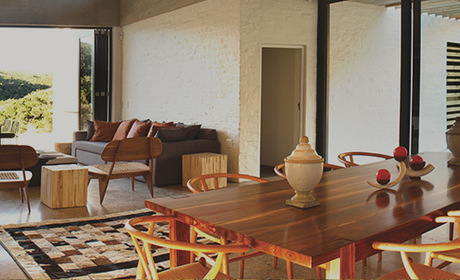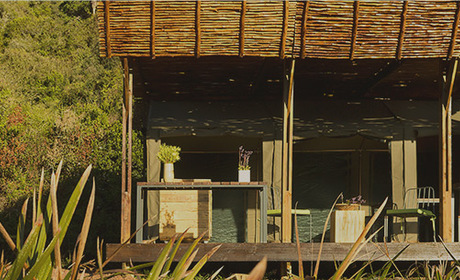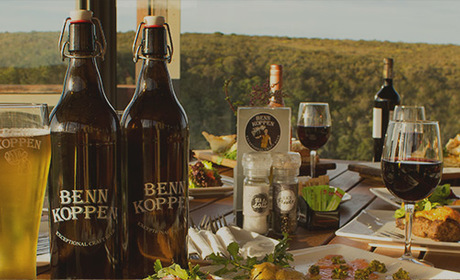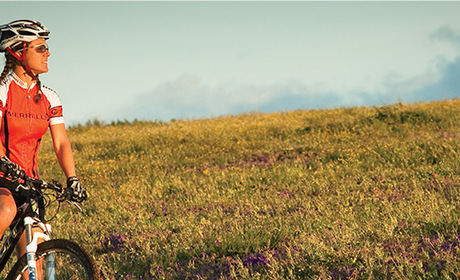Building Biodiversity at Hopewell
Wide range of endemic species
The conservation team conducted extensive research of the environment to determine the type of game that originally roamed the area. The team found that the area used to be incredibly diverse and was home to wild kudu, mountain reedbuck, common duiker, springbuck, redhartebees, ostrich and eland.
Reintroduction
Reintroducing these animals to the area involved purchasing them from local game reserves and transporting them to the Hopewell Conservation Estate. The transporttion of wild animals is a major task, with many factors to take into consideration.
Transportation
Transporting wildlife is a highly specialized task that should only be done by experienced conservationists with suitable equipment.
The Hopewell Conservation Estate has appointed Shamwari Wildlife (under the supervision of Dr Johan Joubert) to manage the nature reserve, and it was through the expertise of this team that the animals were transported and released onto the estate.
The correct transport of the animals is very important to their welfare. More animals die during transportation than during capture. Animals in transit can be affected by stress, temperature extremes, or suffer injuries if they are not crated properly.
To minimise injury and stress, the team ensured that all of the Hopewell animals were properly tranquilised, and crated before transportation.
Tranquillized animals are more unconcerned about their surroundings, are less aggressive towards each other, are less likely to try to escape and are less fearful of humans.
Tranquillizers can considerably reduce injuries and mortalities. However, injudicious use may cause more harm than good.
The importance of a release strategy
Releasing the animals too quickly after transportation could also be detrimental. Animals may try to jump over or crawl under fences in an attempt to escape after a stressful journey.
If they are not familiar with the area, they may struggle to find water holes and suitable grazing grounds. Often, newly released animals patrol along the fence lines looking for ways to escape. They become thirsty and have little chance of finding water.
The conservation teams need to set up temporary water holes along the fence lines to ensure the health of the animals.
Zero fatalities at Hopewell
The transportation team that introduced the animals to the Hopewell Conservation Estate did a superb job reintroducing species to the area. To date, they have a record of zero fatalities during transport.
The biodiversity at Hopewell continues to grow, with more and more species being drawn back to the area. Some, like the blue cranes, have settled naturally, others, like the springbok have been reintroduced by the conservation team.








